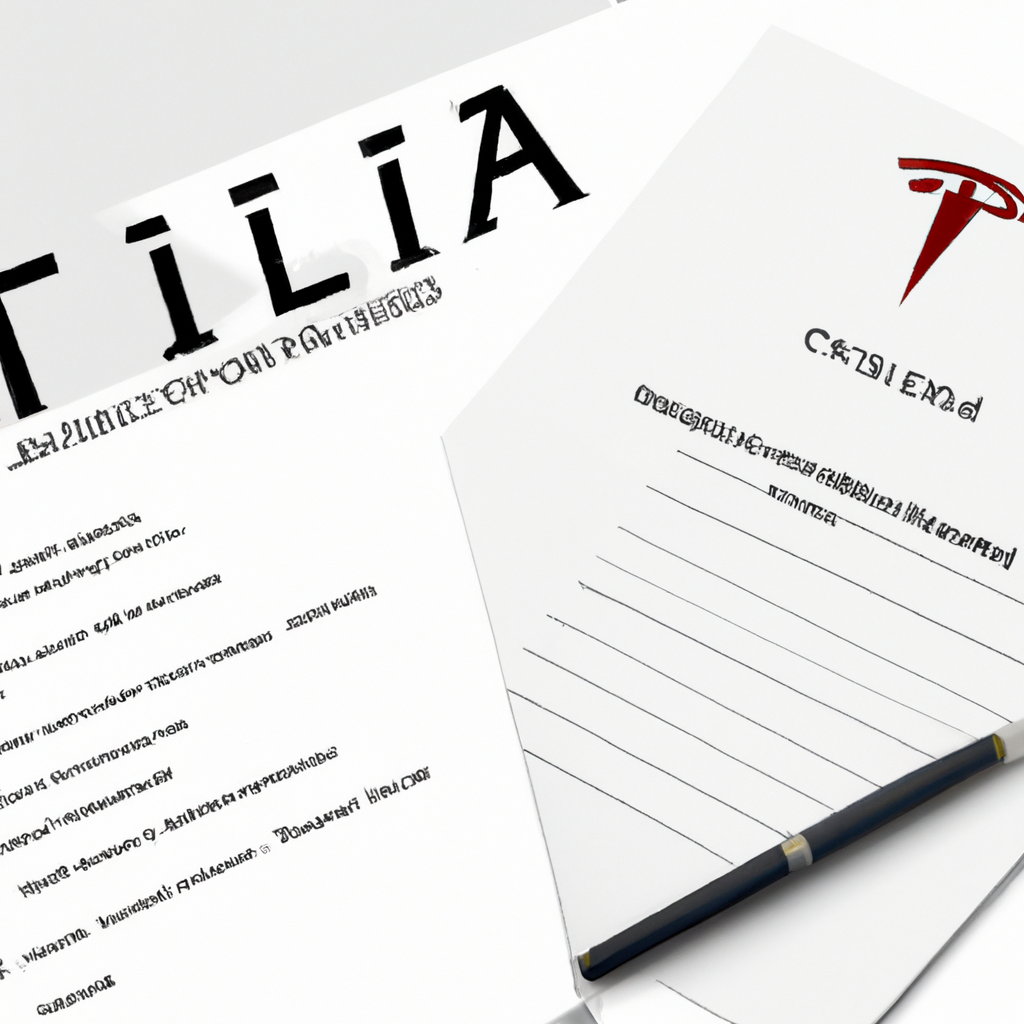Tesla is set to hire over 800 workers in the U.S. for roles ranging from construction and manufacturing to artificial intelligence and robotics, roughly three months after implementing mass layoffs.
In April, Tesla laid off thousands of employees globally, impacting nearly every division within the company. At least six executives, including the senior director of human resources and the senior vice president of powertrain and energy, departed as these layoffs commenced.
Around 14% of the company’s workforce, or approximately 19,600 employees, were let go, according to CNBC. Following these layoffs, Tesla appeared to initiate a hiring freeze, removing numerous job postings multiple times since the layoffs began.
“With Tesla’s rapid growth, there has been duplication of roles and job functions in certain areas,” said CEO Elon Musk in a letter to employees announcing the job cuts.
Now, the company seems prepared to bring in new talent. New job openings have gradually appeared on Tesla’s careers webpage over recent weeks, as first reported by Bloomberg News.
At least 64 positions focus on AI and robotics projects, including Tesla’s Optimus robots and the Dojo supercomputer. Musk has stated that Tesla will invest “well over $1 billion” in Dojo, which will be used to process the vast amount of data collected by Tesla’s electric vehicles.
Musk has recently highlighted the potential value of Tesla’s Optimus robots, suggesting that they could add $20 trillion to the company’s market capitalization. The robots are not expected to be available for sale until the end of 2025 and are projected to sell for between $20,000 and $30,000. Musk predicted that Tesla will have over 1,000 robots working at the company in 2025.
At least 25 job listings on Tesla’s careers page are related to Autopilot or self-driving technology development. An autonomous fleet of Tesla “robotaxis” is anticipated to be a significant revenue stream for the company in the future. Musk has described plans for launching a network that combines elements of Airbnb and Uber, allowing owners to opt their cars into the service at their discretion.
However, Tesla has postponed its planned technology unveiling by two months and now intends to hold the product demonstration in October. Musk mentioned on Monday that he requested an “important design change to the front” and that the additional time allows Tesla to showcase “a few other things.”
These plans align with Musk’s long-standing assertion that Tesla will achieve full self-driving autonomy, a promise he has made multiple times over the years without fulfillment. Recently, Musk has referred to Tesla as an “AI/robotics and sustainable energy company,” rather than just an electric vehicle manufacturer.
Tesla’s career page also lists numerous energy-related jobs and internships. In its second-quarter report, Tesla revealed that it achieved its highest quarterly deployment of energy storage products, totaling 9.4 gigawatt hours. The energy business, often overlooked, could begin to play a more significant role in the company’s earnings — and stock valuation.
“We believe investors will begin to pay more attention to Tesla Energy, which we value at $36 per Tesla share ($130bn), as the business is uniquely positioned to benefit from investment in the U.S. electric grid accelerated by the AI boom,” wrote Morgan Stanley analyst Adam Jonas earlier this month.
